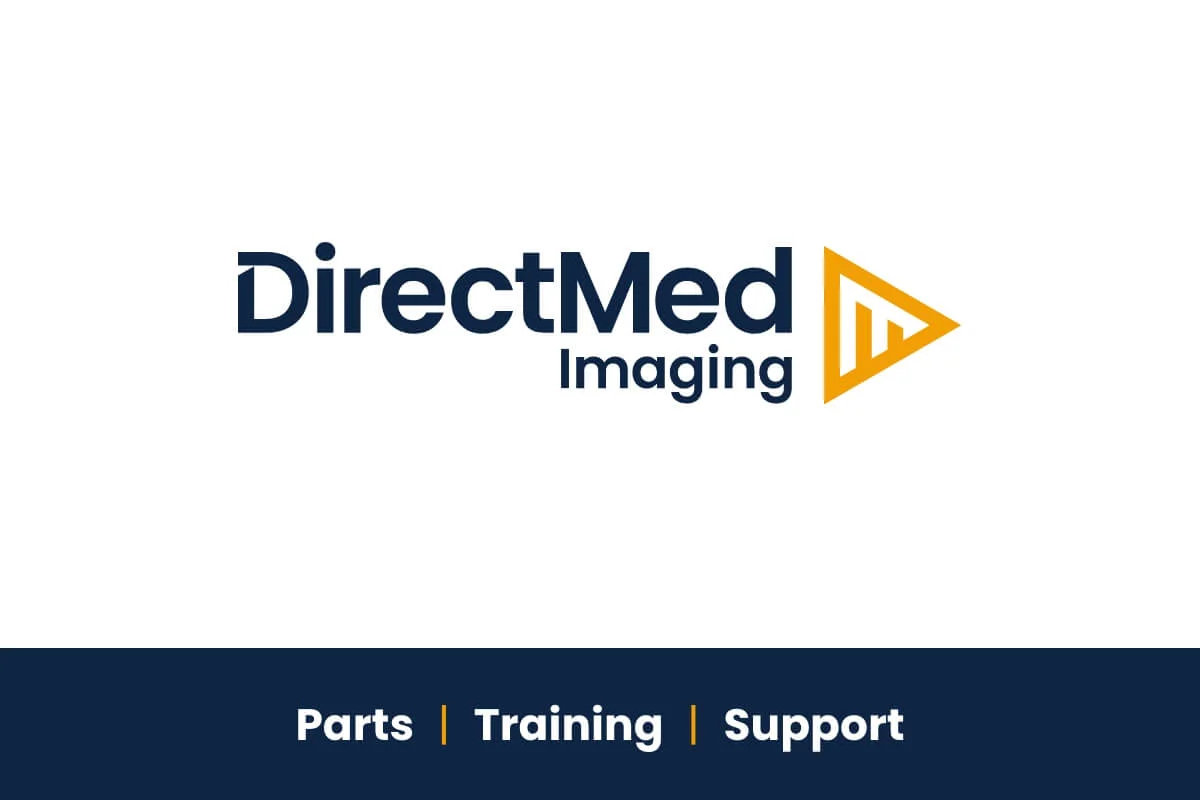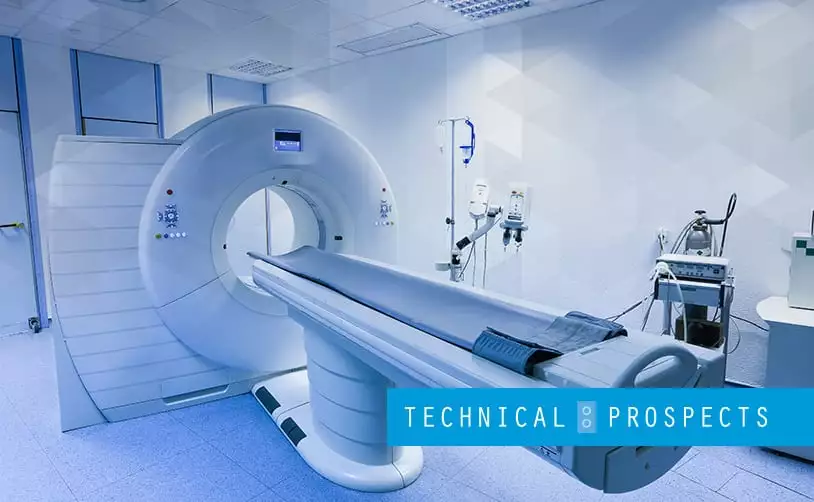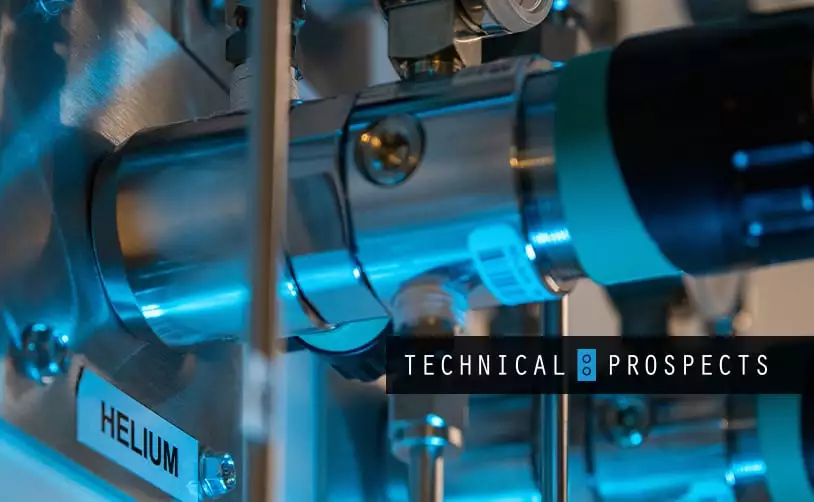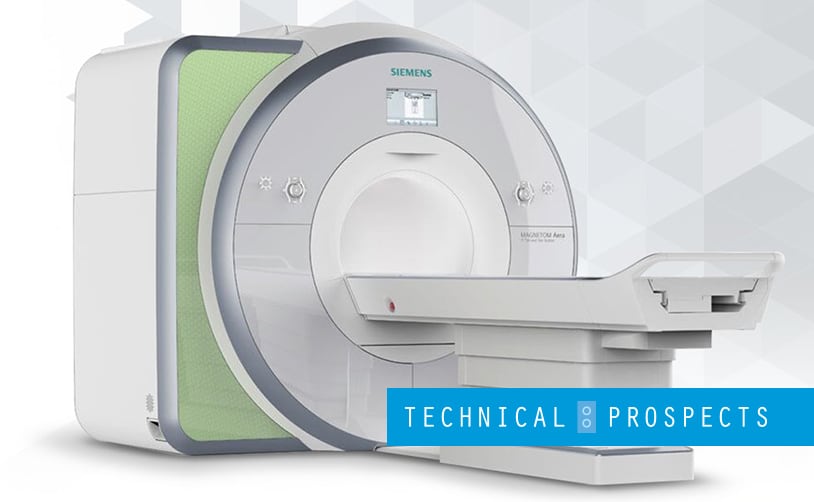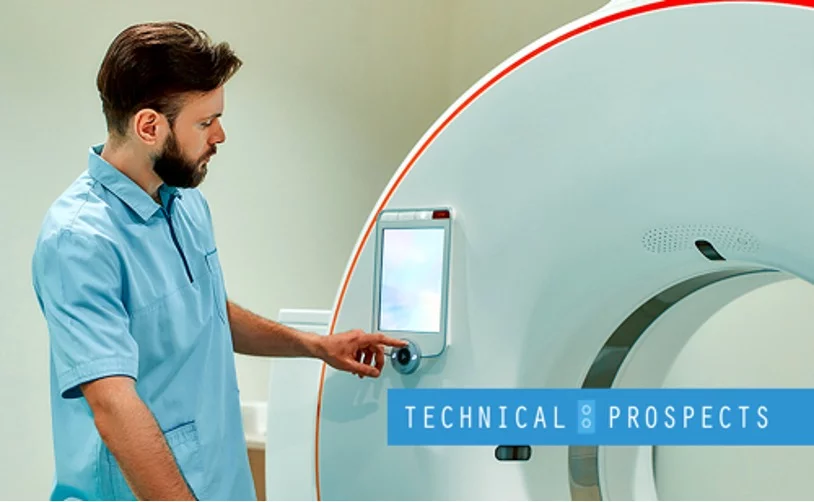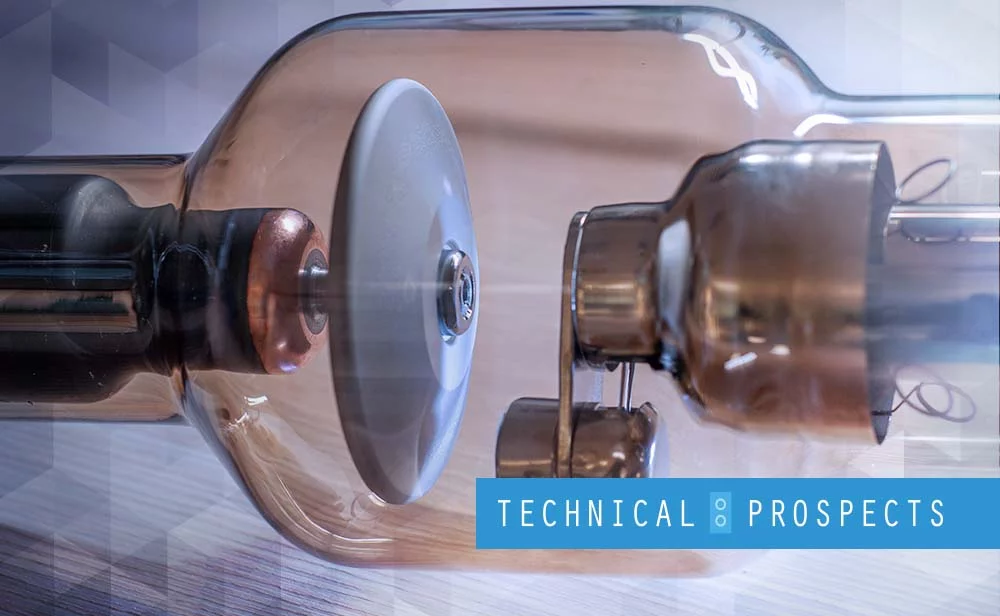When you see the word “phantom,” it is often in a negative context. People associate this word with ghosts, fake bank accounts, or even mental health issues. However, phantoms are useful in science, particularly in biomedical research.
Medical imaging phantoms are stand-ins for human tissues. Technicians use them to evaluate if the X-ray, CT parts, or MRI parts are working correctly. A phantom is convenient; it provides more consistent results than live subjects and cadavers, and it won’t be at risk for exposure.
What are MRI, PET, Ultrasound, & CT phantoms?
Originally, phantoms were for radiography, fluoroscopy, and other 2D imaging techniques based on X-rays. Recently, though, manufacturers have developed phantoms for MRI, PET, ultrasound, and CT scanners.
A typical phantom would be a fluid-filled bottle or another plastic structure that mimics a body part. For example, phantoms for 2D radiography would hold contrast agents for X-rays that have the same absorbing properties as human tissue. That way, the technician can tune the imaging device’s contrast and control how much exposure patients get to the radiation.
Another example would be in ultrasonography. Here, it’s essential to use phantoms that scatter ultrasound and have rheological properties like human tissue, but it’s not as crucial that it can absorb x-rays. Some test subjects have comparable properties to entire organs like the lungs and liver, and others mimic specific substances like fat or bone.
Why are phantoms important?
The National Institute of Standards and Technology or NIST is the agency tasked with developing and distributing phantoms for ensuring the reliability of the medical images that facilities produce.
Traceability is a vital factor for the NIST; they make phantoms that are directly linked or traceable to both national and international technical standards. When a phantom is traceable, it ensures that images taken by different MRI parts or different scanning times provide comparable results. It is invaluable, especially in large-scale projects like clinical trials.
Also, calibrated phantoms help ensure accuracy in the evaluation of chronic conditions like cancers, or with the assessment of medical implant effectiveness. A NIST phantom benefits everyone, from the technician evaluating it to the patient whose treatment it impacts.
What goes into a phantom?
Since each phantom is for a different purpose, different materials can go into them. In creating phantoms NIST staff use digital materials that respond to the way human body parts would under a scanner.
Density, stretching strength, and hardness are all factors in what goes into a phantom. The toxicity level, cost, and availability of a material matter as well. For the most part, they use epoxy, salt solutions, silicone, plastic, and polyurethane foams. Carbon powder, radioactive substances, and even disposable diapers also make their way into phantom production—it depends on the application.
After creating a phantom, the staff will test how well this material responds and exhibits the desired properties. The ones that respond the best are used to fabricate prototypes, which NIST transfers to companies that manufacture and produce versions of their own. You can get commercial phantoms from specialty medical supply stores.
Conclusion
A medical imaging phantom is a useful tool for determining if a scanner is working the way it should. The NIST is the body responsible for producing this research tool, and they use different materials with varying consistencies to get results that X-rays, CT scanners, and MRIs need.
Go beyond troubleshooting and testing; ensure that your scanners are in top shape by getting parts and service repair from DirectMed. We can service and have a range of parts for different brands, and we have thousands of units available 24 hours a day, seven days a week. Get in touch with us today for more details.
